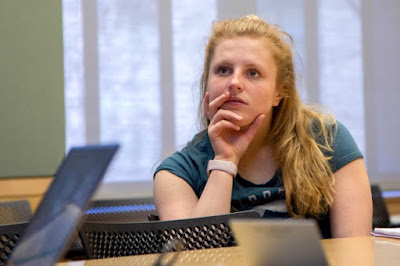Twelve artists select music to inspire you to love the piano, summarizes Jeremy Engle, The New York Times.
 |
| Photo: Angie Wang |
Do you have a favorite musical
instrument — one that you play or just enjoy listening to? What kinds of
instruments are you most drawn to: wind, strings, brass, percussion or electronic?
To help you with your decision, you can find an illustrated list of musical instruments here.
Take
a moment to think of your favorite instrument and hold all you love
about its sound in your mind. Now imagine trying to convince someone
else — someone who hasn’t yet appreciated its beauty, power and quality —
of its value. What song would you select so that they could understand
what draws you most and why you are moved by this instrument’s unique
power?
In “5 Minutes That Will Make You Love the Piano,”
The New York Times asked 12 artists, critics and artistic directors to
tell us about music that matters to them. Each selected one song with
the goal of persuading “curious friends to love the piano, the most
powerful and protean of instruments.”..
Does your school have music classes or programs? Have you ever been
involved in one? In your opinion, is music a valuable part of the
educational experience? Do you think students should be required to take
a music class at some point?





































